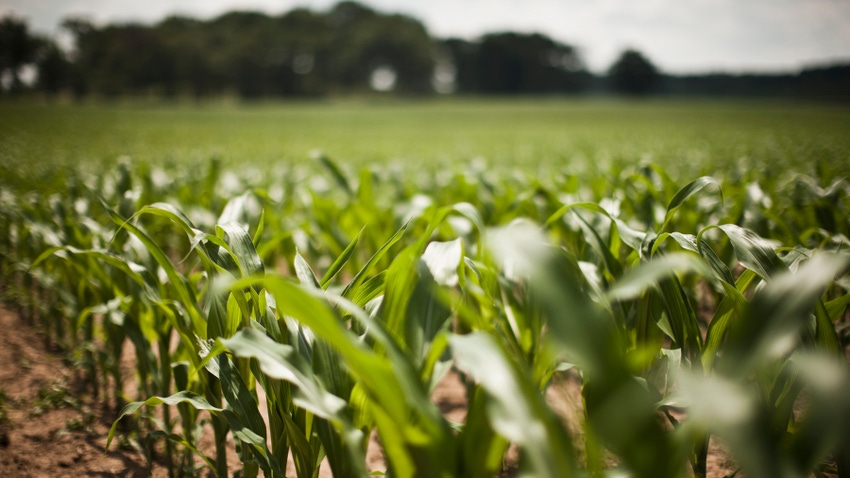
Producers in the Midwest might be seeing a new disease in their fields in 2024. This fungal disease began emerging in the United States in 2015, and continues to spread. Most of the Midwest including Kansas, Nebraska, South Dakota, Minnesota, Iowa, Illinois, Indiana, Ohio, Wisconsin and Michigan are already affected.
In South Dakota, tar spot has only been discovered so far in six southeast counties, said Madalyn Shires, plant pathologist at South Dakota State University, in a recent webinar. Counties with confirmed cases are Union, Clay, Yankton, Turner, Lincoln and McCook.
“It’s a fungal disease caused by the fungus Phyllachora maydis,” she said. “The tar spot fungus has been shown to survive on corn stubble in all states that tar spot has been found in.”
Favoring warm temperatures and high humidity, the disease in South Dakota seems to develop in corn later in the season during mid to late grain fill, Shires said.
“An exception to this is that in Missouri [last year], they began seeing it in June, at the start of grain fill,” she states. This early arrival will likely not occur in South Dakota, as the state lacks warm weather and the rain present in Missouri.
Tar spot can cause a major yield loss in cornfields. University of Illinois found a loss of more than 60 bushels per acre in fields with severe infections.
Identification and management
“You can see small black spots that almost look like black paint has been thrown on the leaf,” Shires said. “When you see these black spots on leaves, try to wipe them off. If it doesn’t come off then it could be tar spot.”
SDSU Extension did see a few cases this year, where black spots on leaves ended up being insect frass or another fungal disease.
In 2023, Shires said the incidence of tar spot was low in southeast South Dakota, with one to two lesions per leaf and eight or fewer leaves affected on each plant.
“It was similar in the infection pattern to 2022,” she said. In scouting 15 counties throughout the state, “we have determined that dryland, nonirrigated-type corn is less likely to be affected as this fungus does need moisture to begin infection.”
The first step to managing tar spot is to remain calm and not panic, Shires said. “The disease severity that we found over the last two years does not warrant spraying a fungicide,” she added. “We are recommending that if you live in those far southeast counties … consider looking at corn hybrids that might show tolerance to tar spot. It’s probably not a rush, but it is something to start considering in future management plans.”
One of the tools Shires shared for future management is the Tarspotter app, available for free in app stores. “This is actually a tracking app to help you determine what your disease risk is and if fungicide applications should be made.”
For South Dakota growers, there is still much unknown about tar spot. Future research by SDSU includes scouting fields in all corn-growing counties in the state.
“We are also looking at alternative weedy hosts for the disease — grasses that might host tar spot,” she said.
South Dakota is also a part of a multi-state group with Kansas and Nebraska to explore the genetic diversity of tar spot, as well as working with Nebraska to determine how irrigation impacts disease spread.
Read more about:
Tar SpotAbout the Author(s)
You May Also Like






